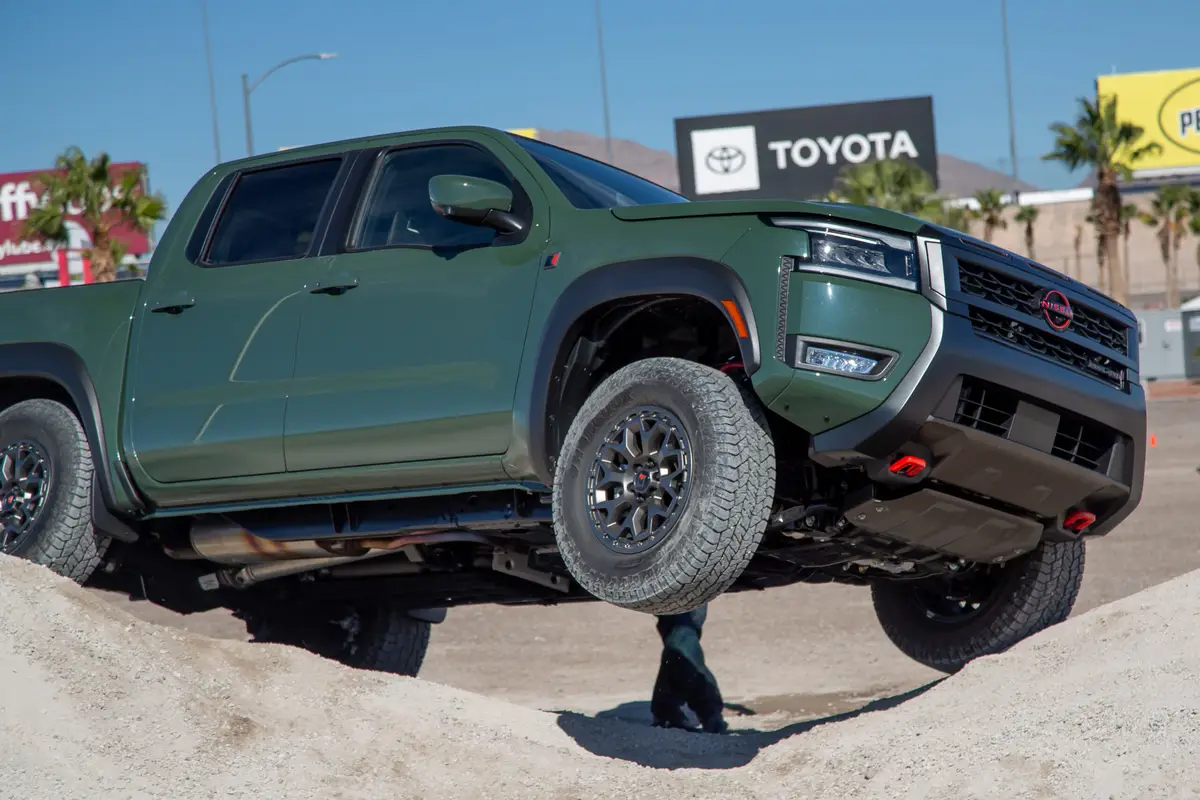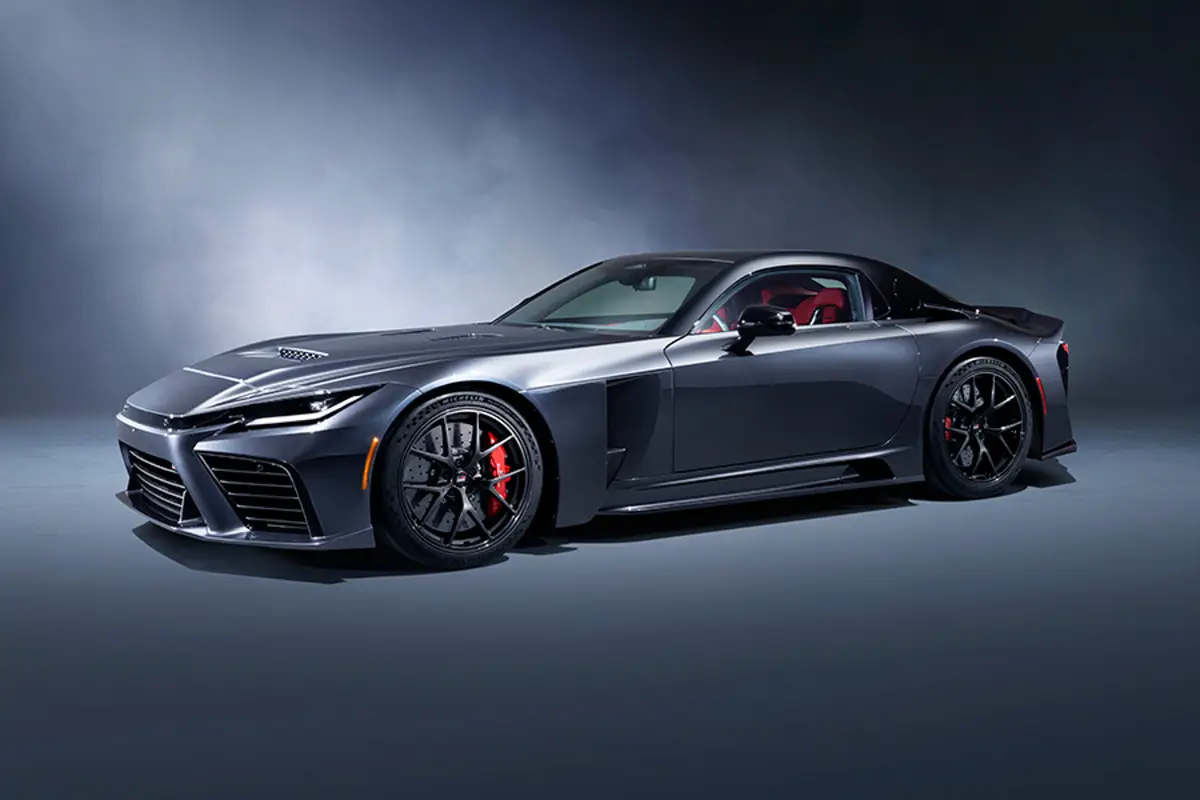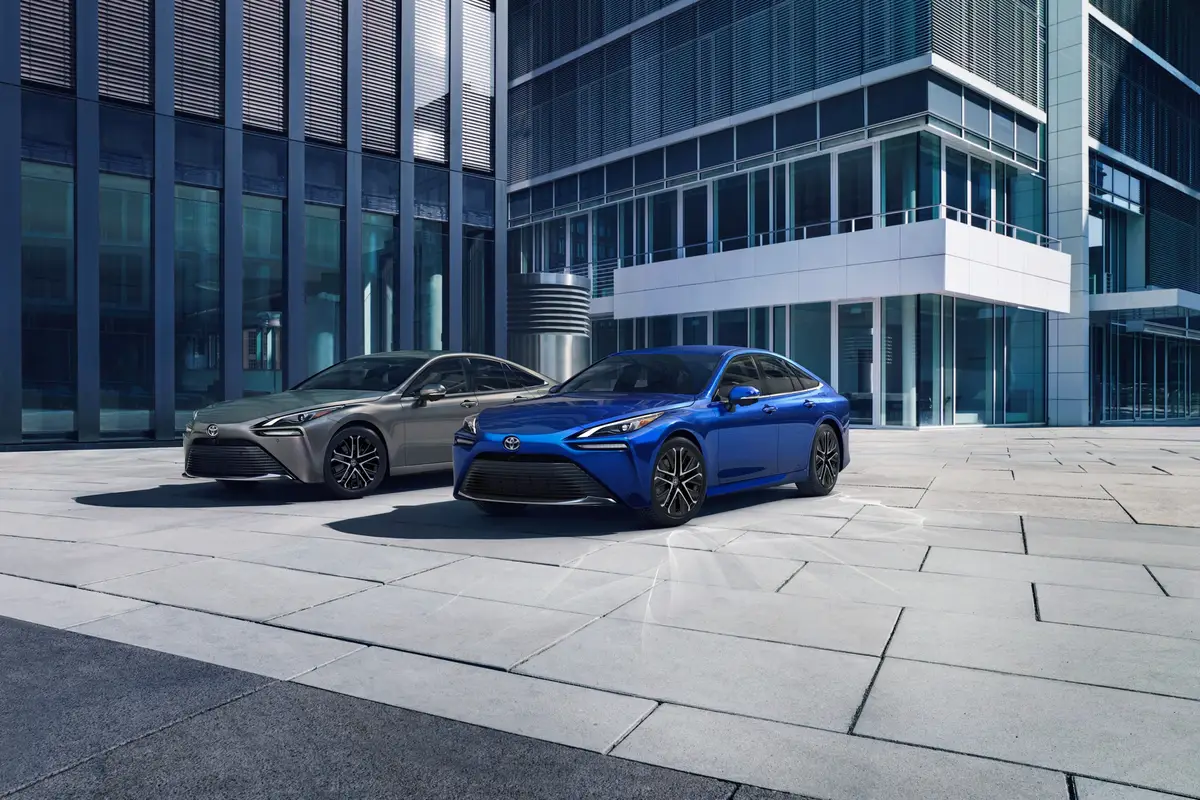Cincinnati.com's view
The Volkswagen Jetta arrived like an unassuming sorbet between the escargots and the boeuf en croute. It was sandwiched between two $40,000 cars on my schedule, and surprisingly enough, was more enjoyable than either of the high-priced rides.
With all the attention that VW’s Passat and New Beetle have gotten, it’s easy to forget about the company’s old standbys, the Golf and Jetta, or to dismiss them as antiquated. You do so at your peril.
Granted, with the base 2-liter, 4-cylinder engine, neither rises far above the level of solid, but mundane, transportation. Happily there are alternatives for those in a position to let loose of a little more coin. Not only can you get one of the world’s most appealing turbodiesels, or one of the most delightful V-6s, but now you can get the same turbocharged 1.8-liter 4-cylinder gas engine that so transforms the character of the New Beetle.
The Jetta, for all intents a four-door Golf with a trunk instead of a hatch, comes in three series: GL, GLS and GLX. The GL starts at $16,700 and is equipped with the 2-liter four, which makes 115 hp and 122 foot-pounds of torque. For a starting price of $17,995, it can be had with the turbodiesel. That’s quite a price differential, but not only does it bring the presumed greater longevity and thriftier operation of the compression-ignition power source, it also adds a most welcome 33 foot-pounds of torque and the counter-culture charm of the stinker. I still maintain this is the engine of choice for the New Beetle; not only does it get the job done well, it recalls the clattery delights of the old air-cooled flat four. Probably not the best choice for the Jetta, though, unless long stages between fuel stops are your bag.
Moving up the price scale to the GLS level, one can choose any of the engines mentioned plus the 2.8-liter V-6. With the base engine, starting price is $17,650 for this series, which has more, and more sophisticated, equipment than the standard car. With turbodiesel, a GLS starts at $18,700; with the 1.8 turbo, $19,200, and with the V-6, $19,950. The GLX is loaded with equipment and can only be had with the V-6, at a starting price of $24,170, and that with manual transmission.
To me, the choice would be between the 1.8 turbo and the V-6; I think I’d opt for the V-6, even though it appears thirstier, with EPA ratings of 19 city, 28 highway, as opposed to the turbo’s 24/31. Not only does it bring 181 foot-pounds of torque to the table, 17 percent more than the turbo, it’s peakier, and thus more fun if you’re into watching the tachometer, and can also run on regular unleaded (at some power penalty) if desired, while 91-octane is mandated for the turbo. Another thing to bear in mind is that in the real world, not the one inhabited by Washington bureaucrats, a turbo typically does better on the gummint tests than it does on the road. In the hands of an enthusiast like myself, a recorded av erage of 23.7 betokens lots of hard breathing, at least on the part of the engine. It’s silky smooth and you’d hardly guess it’s a turbo, so wide is the power band and so well muffled the characteristic turbo whine.
The five-speed manual transmission aids and abets; though it’s not one of the great ones, it doesn’t get in the way of the fun, either. Clutch actuation is light and easily modulated. I wouldn’t hesitate to add the four-speed automatic transmission if you’re mechanically challenged; VeeDub makes good ones, and the engine could take it.
Ride quality is quite good. The Jetta, with its McPherson strut independent front suspension and track-correcting torsion beam rear axle, combined with coil springs, handled even nasty surfaces with aplomb, shielding the occupants from too much information about the surface’s inadequacies while nonetheless maintaining a solid grip. Stabilizer bars front and rear keep body roll well under control. The power steering was we just about right, but felt rather numb to me, which might well suit people who have declined the seductive charms of the more performance-oriented GLX. Handling, on the whole, was very good and utterly predictable, with no surprises out near the limit of cornering ability.
All levels of Jetta get ventilated disc brakes up front and solid discs at the rear, with antilock standard. They had a crisp feel and produced satisfyingly short stops. The “panicked driver” simulation on a wet surface revealed the efficiency and unobtrusiveness of the ABS. Jettas of course have frontal air bags, and, to VW’s great credit, all series have side air bags mounted in the driver’s and co-pilot’s seats. That’s unusual in this price range, though increasingly common upmarket.
VW has a traction control system, but only fits it to cars with the V-6 or turbo engines. It consists of an electronic differential lock, which applies braking force to whichever front wheel is slipping to bring it back into sync with its mate. It works at speeds up to 24 mph. At that point, the ASR (anti-slip regulation) system kicks in. It uses the same wheel sensors to keep an eye on synchronicity, and accomplishes its work through throttle regulation. It can be switched off for those times when you want to do some tire smoking.
With the turbo, and certainly with the V-6, there’s enough power to cause the front tires and road to lose their intimacy at more than 24 mph, and I found the system efficient and almost undetectable.
The Jetta is a compact. That tells you all you need to know about the rear accommodations, but it’s worth noting the seats fold down 60/40 if desired. Up front, the headroom and legroom were more than adequate, even for a bigger-than-average driver. Instruments and controls were nicely designed and well situated. The indigo instrument lighting was delightful. One problem, which a friend also noted on his New Beetle, is that the adhesives VW uses have an unpleasant stench, which even covers up the expected leather aroma. In time, the odor will dissipate, but it shouldn’t be there in the first place.
All levels of Jetta come with an eight-speaker AM-FM-cassette stereo. A CD changer is optional. The test car had the optional Monsoon upgrade, which bumps power to 200 watts and includes an equalizer. I’d want to check out the basic unit, just on principle, but the Monsoon is reasonably priced as such go, and did produce excellent sound. Tuner sensitivity was above-average, and clarity was exceptional.
The test GLS 1.8T started, as mentioned above, at $19,200, with the five-speed manual gearbox. The tester had the “partial leather package” ($850), the Monsoon sound system ($295), and a $1,175 “luxury package,” which consists of alloy wheels and a power moonroof. The Jetta gets superior ratings on government frontal crash tests and an acceptable rating on offset tests by the Insurance Institute for Highway Safety. Cons umers Union says owners of ’99s, the year of big changes in the platform, have reported above-average to superior reliability. With freight, the total was $22,045, well under the average transaction price for a car that’s above-average in capability. Jetta belongs on the short list for those looking for a small sedan that’s fun to drive.
“The Gannett News Service”
Latest news



